Build a Booth
- 2 May 2016
- BySarah Anderson
- 7 min read
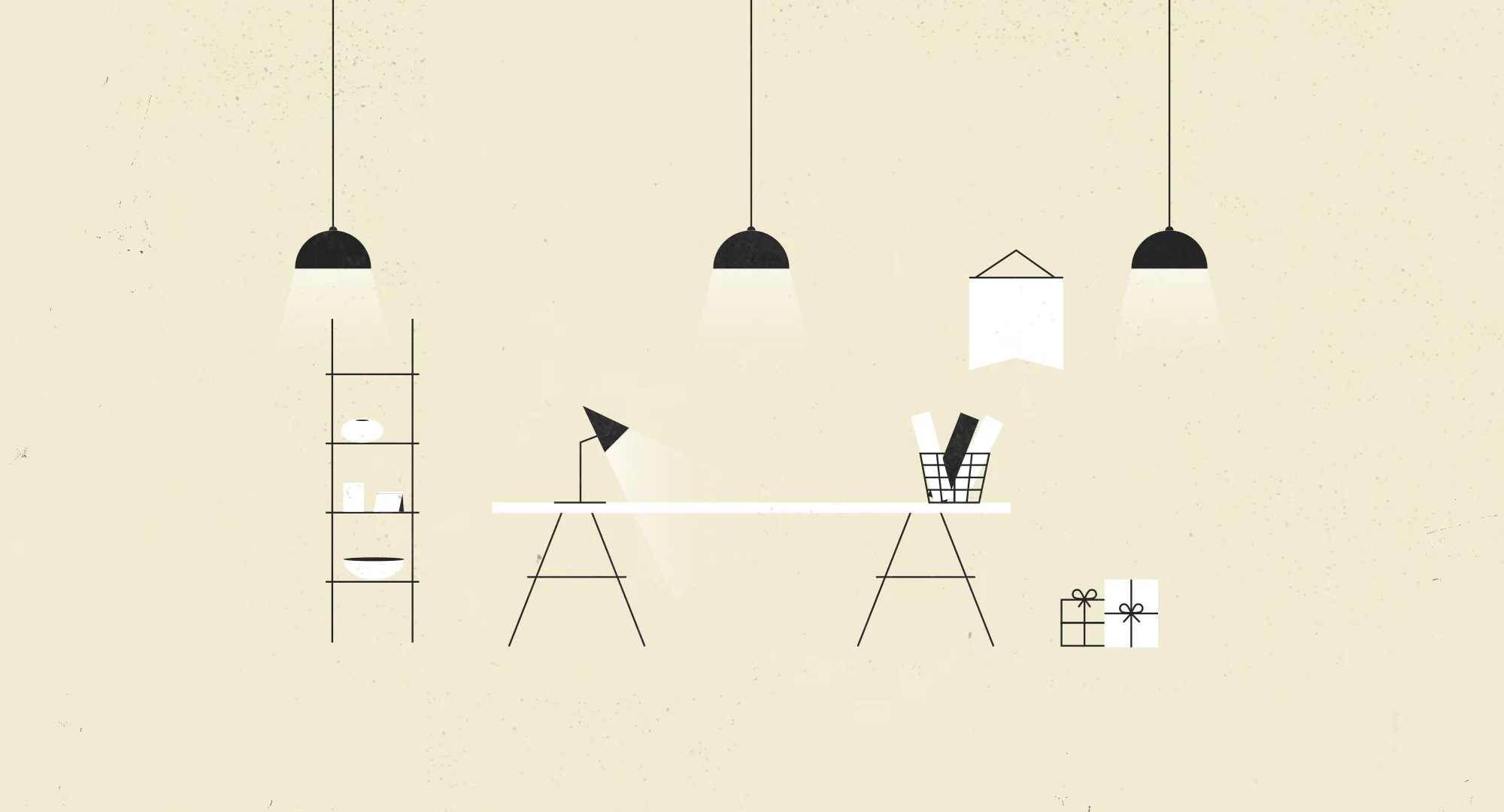
Whether you’re headed to Comic-Con, selling merch at a concert, breaking into the local craft festival scene, or bringing your products to a national wholesale market, there’s a whole lot of planning to do before the doors open. Let’s tackle that to-do list.
Find the right fit
Hear about a new exciting opportunity? We love when that happens! Before you pay those application fees or commit to attending, pause just long enough to be sure it makes sense for you to participate.
Do you have enough time to prepare?
Is it affordable?
Is the event recommended by friends and other business owners?
Keep in mind that your upfront costs extend beyond the booth fee. Make sure that you can afford it all, in addition to your normal operating expenses. Things to keep in mind include travel expenses, stocking up on inventory, a few new products, and furniture and decor for the booth. Also, printed items like a sign or banner, catalogs, flyers, or business cards will be good to have on hand.
Don't let this discourage you - the right event can be a ton of fun and generate a lot of sales in a short amount of time. But you don't want to totally empty your bank account in the process. If you can, ask someone who’s participated previously for their impressions. Was it worth it? What was tricky? What was their favorite part?
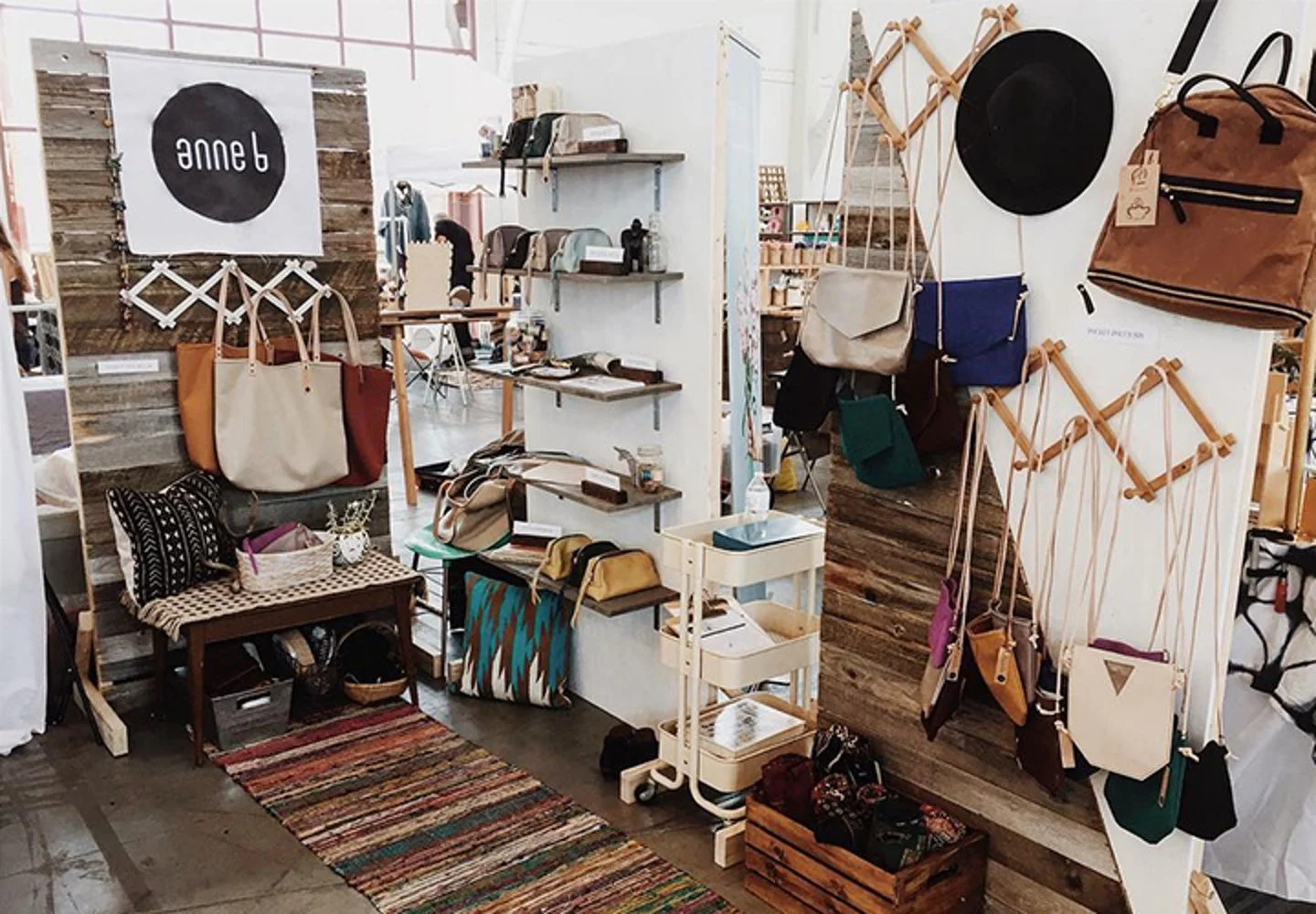
Inventory
Inventory is a delicate balance. Sell out in a few hours and you’ll have a long day ahead of explaining that you make really great cutting boards (you promise!), but you can’t exactly show them. Too much stuff and you’ll have tired arms and a big shipping bill from getting everything back to your home or studio.
First, check the event website to get an idea of attendance. Are there 40 people confirmed on the Facebook event, or is it a day-long music festival with thousands of attendees? This is another great time to ask for advice from someone who’s done it before so you know what to expect.
Next, think from a shopper’s perspective. They may not hesitate to buy an inexpensive item, while that pricier one-of-a-kind piece is a decision they’ll sleep on. If you're selling at a concert venue, it's easy to hang onto a t-shirt while enjoying the show - a limited-edition vinyl, not so much. Stock up on your most affordable items, and bring fewer of your most deluxe pieces.
Last, know your limits. How many products can you make in time, what can you fit in your car or suitcase, and what will fit within the allotted space?
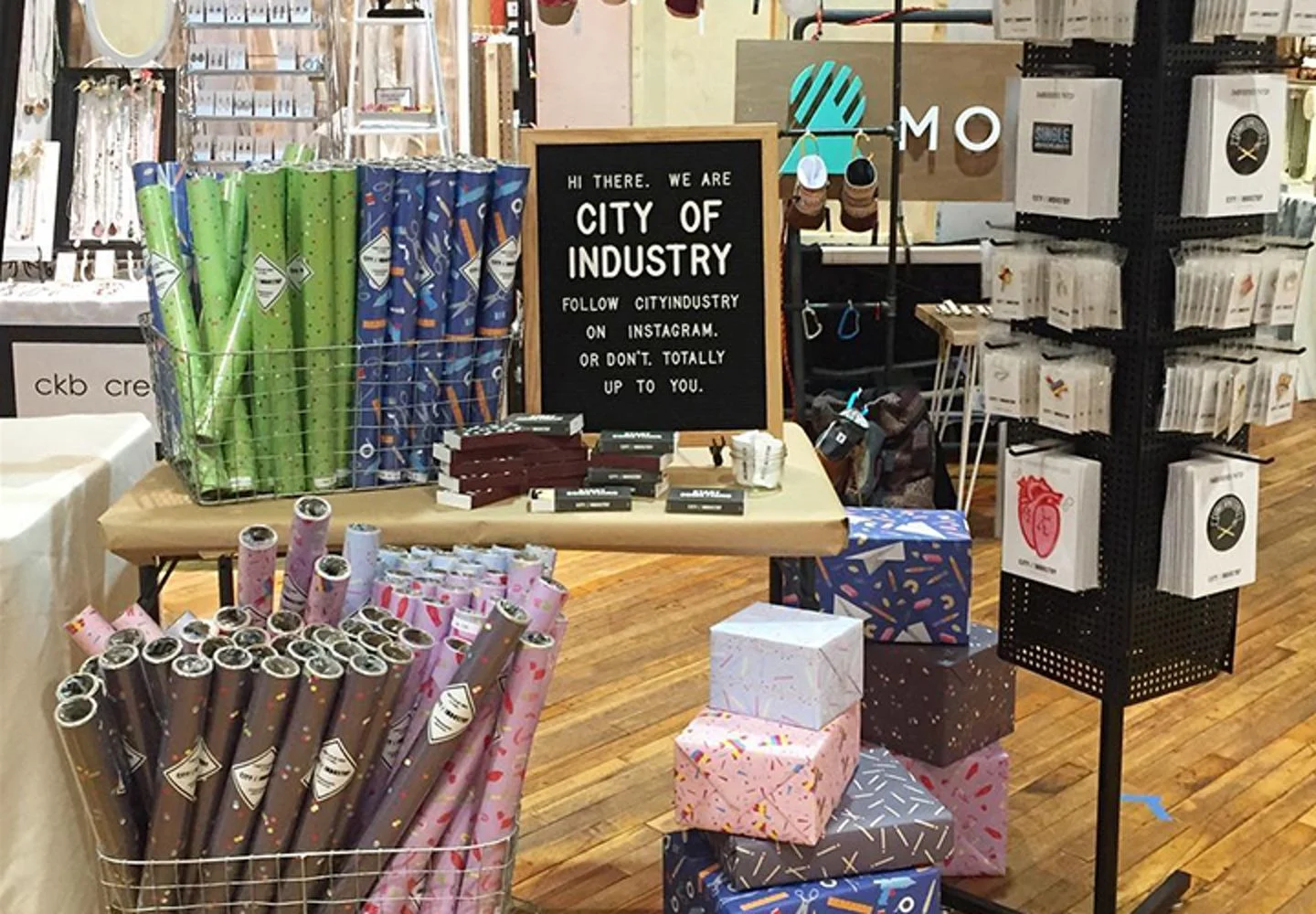
Booth design
We’ve seen just about every sort of setup, and there’s no single correct look for your space. Think about a booth design that fits your style and accommodates your products, taking into account how much physical space will be available to use, and go from there. A few tips as you make your plans:
Follow the rules: Your venue may have guidelines about what you can have in your booth. Read instructions so everything goes smoothly.
Bright ideas: Even in a lighted venue, consider bringing lights that will help showcase your products.
Crowd control: How will shoppers walk past, into, or through your space? Are you on the end of a row of tables? Will people approach from both sides? Keep this in mind as you plan your layout.
Easy identification: An eye-catching banner or nice handmade sign can pull shoppers in your direction.
Selling in style: Choose decor that supports your products. If you make custom furniture, an area rug and cushions can help shoppers imagine that chair in their own home. If your products will be displayed on a table, bring a table cover with a nice contrasting color to really make your products shine.
Invest where it matters: Making a sign for your booth? Choose sturdy materials, so it’s no sweat when a customer sloshes coffee on it. Sure, that sign costs a little more, but it's tough enough to last through many more shows.
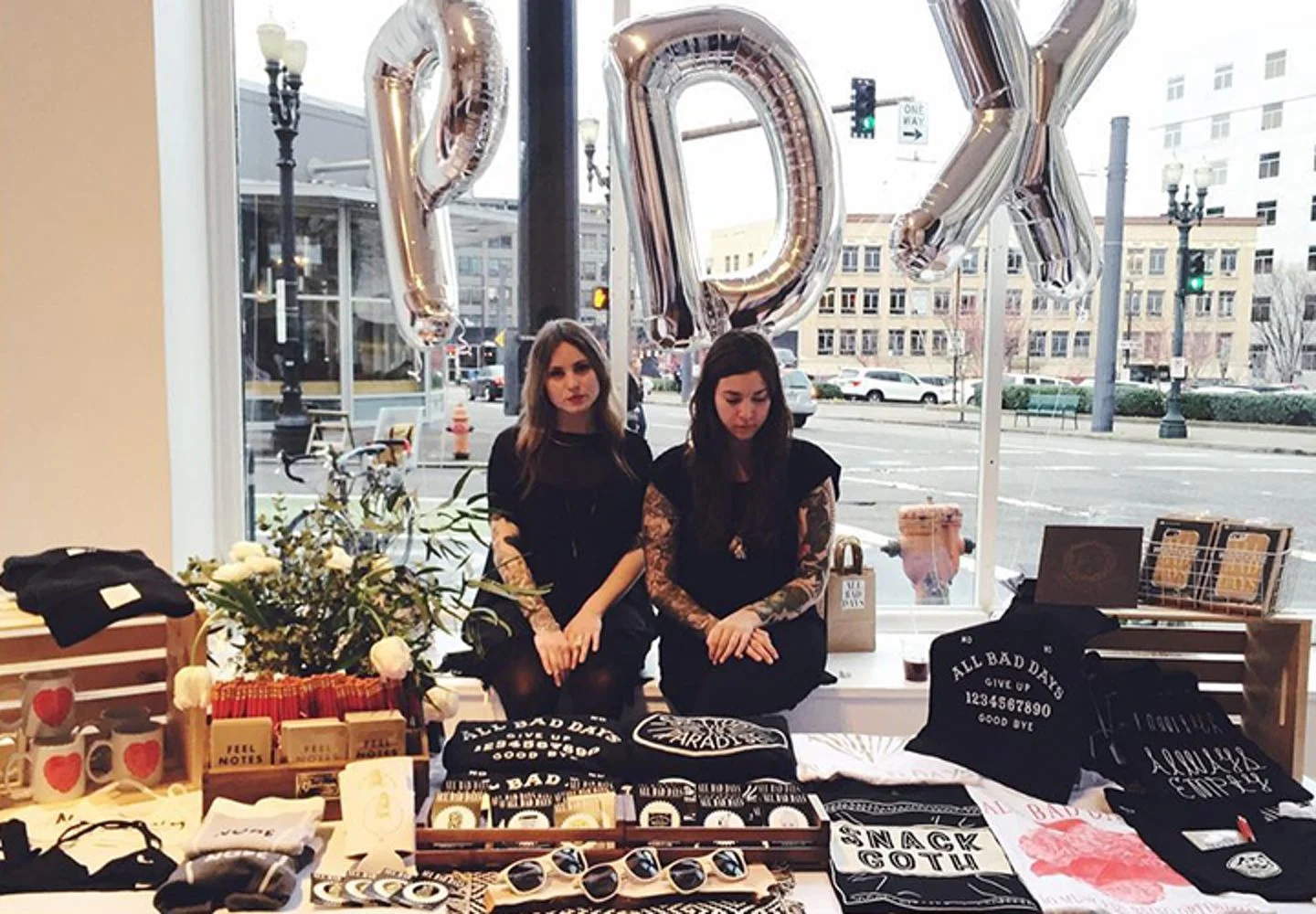
Tools of the trade
The key to success when setting up your space is to be prepared. Bad weather, spills, bumps, and bruises could all try to dampen your day. Here are some things that may prove useful in your toolkit:
Business cards or discount codes, for shoppers who want to find you later
Repair supplies (duct tape, hammer and nails, needle and thread)
Zip ties
Paper and pen
Extension cords
Phone charger
Small bills to make change
Lockbox (keep that loose cash safe and organized!)
Shopping bags
A way to accept credit cards, like Square, PayPal Here or Big Cartel for iOS.
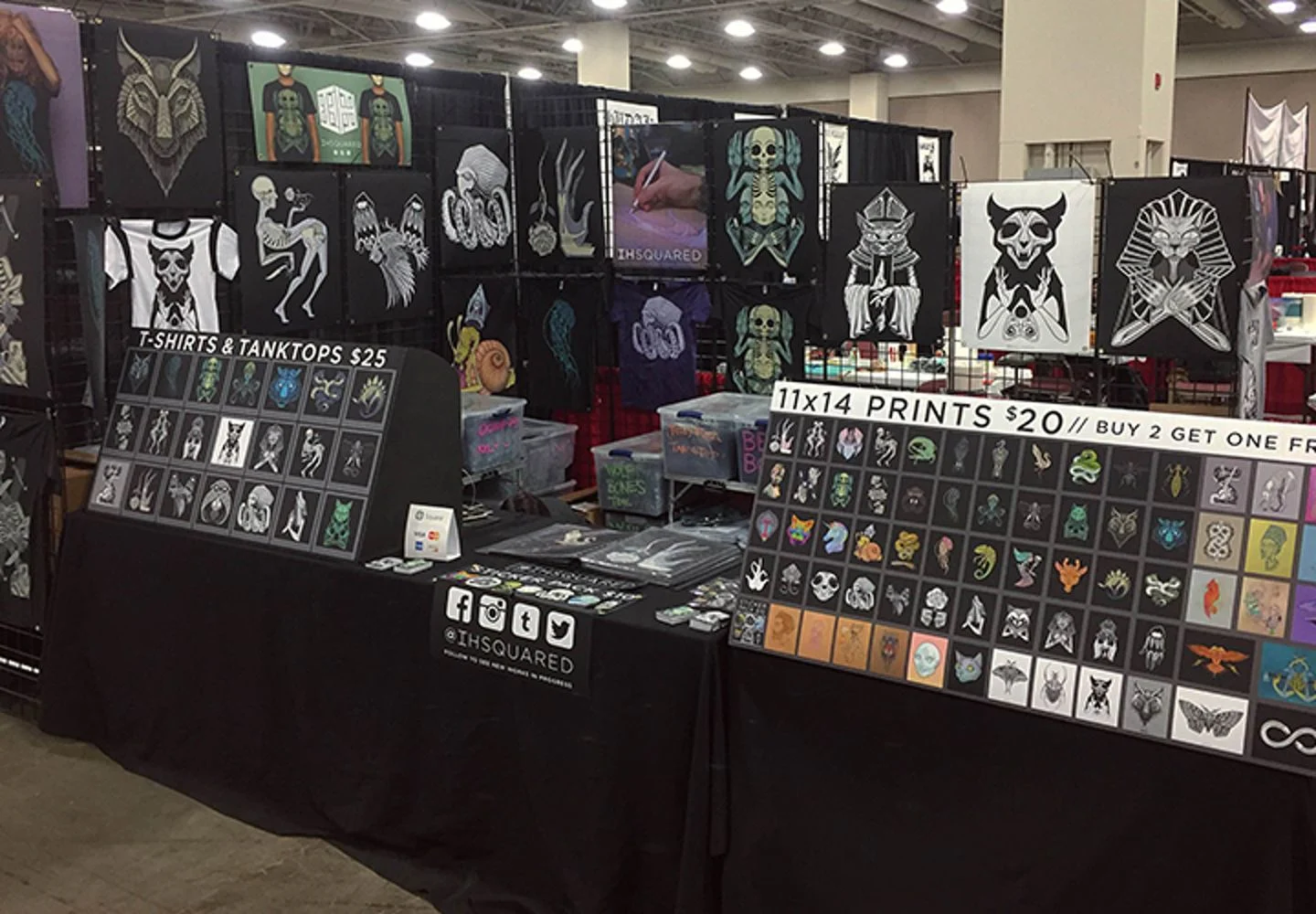
Booth buddies
Your products are prepped and your spot is going to look great, but there’s one more crucial component - the people in it! Talking with people all day about your art takes a lot of energy. Rest up the night before and ask a friend (or four) to lend you some relief throughout the day.
Some other best practices:
Make friends with your neighbors! Not only does it make the whole experience more fun, it’ll come in handy when you're taking a bathroom break and need someone to keep an eye on your stuff.
Pack breath mints. And water.
Look alert. Shoppers are more likely to say hello and ask questions when they can make eye contact with someone who appears ready to help.
Give yourself plenty of breaks.
Know that you're doing a great job! You'll meet some nice people who understand your vibe and effort, but you may overhear others saying that prices seem high, or it's not their style, or they'll just make their own version at home. Take a breath, move on, and stay positive. You've got this.
2 May 2016
Words by:Sarah Anderson
Tags
- Share